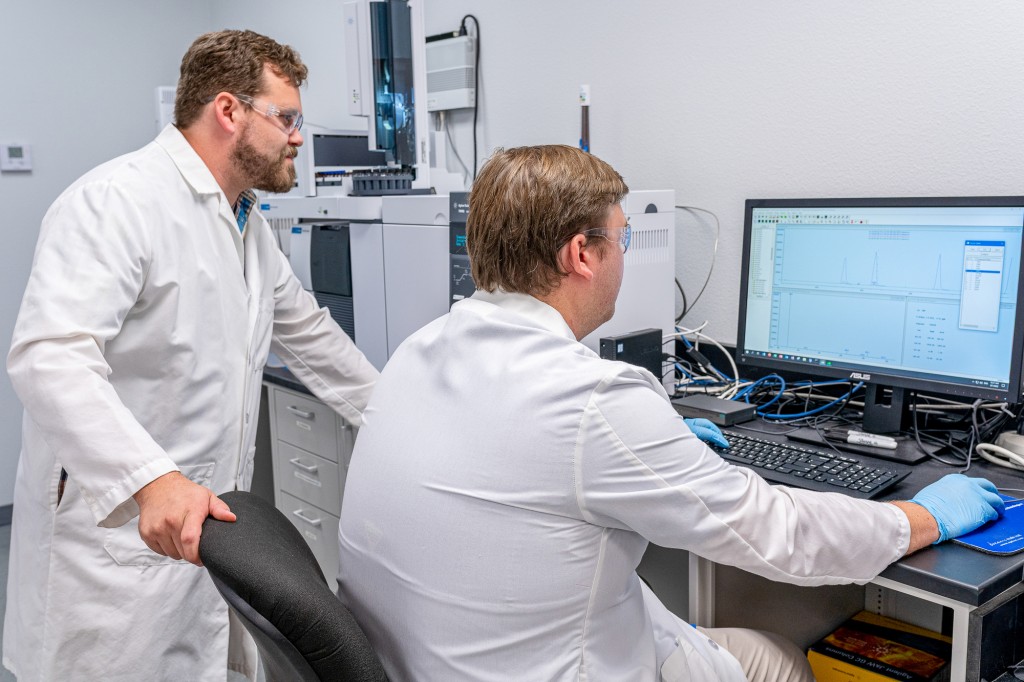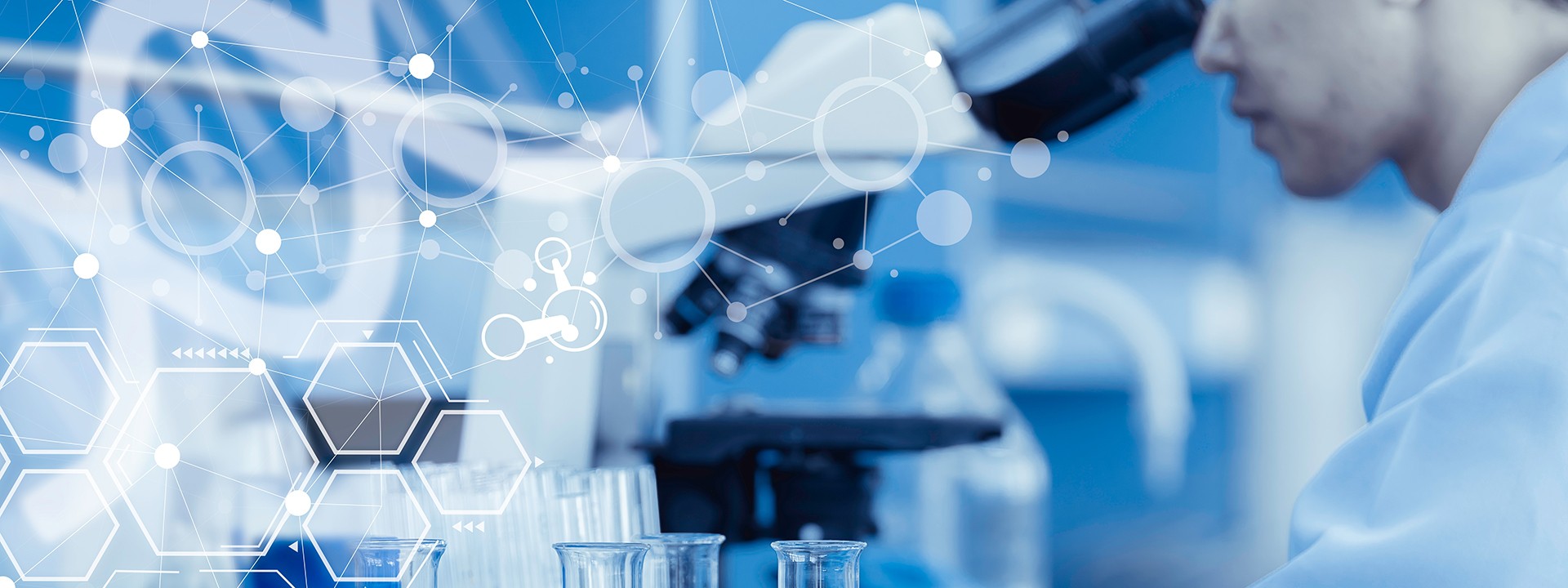Meet the legal requirements for international markets
Every medical device is unique, highly complex and desperately needed. The global market volume for 2023 is estimated at 536.1 billion Euro. With a projected annual growth rate of 5.38 %, the market volume could further increase to 696.6 billion Euro by 2028.*
This means that there is a great potential for manufacturers of active and non-active medical devices and in vitro diagnostics, but also a strong international competition with product quality playing a key role. Medical devices are subject to strict requirements. This is perfectly justified, since they are used whenever people's health or even their lives are at stake. There are hardly any markets in the world where medical devices are not subject to extremely strict regulations.
In this article, we want to focus on the situation in Europe, where under the new Medical Device Regulation (MDR) stricter requirements have been introduced. We will focus on the chemical safety of the products. A medical device usually consists of multiple materials and components. It is often difficult for the manufacturer to verify what chemical substances are present in the product and in what quantities, or which substances were used during its production. However, the precise verification of the chemical safety as well as the conformity with all applicable legal requirements is a prerequisite for the products to enter the market.
In the European Union, it is very apparent how there has been a tightening of legal requirements in recent years. For market authorization holders, this means that they must thoroughly understand the established limit values of the chemical substances. They are responsible for the compliance and the safety of their products.
*Source: https://de.statista.com/outlook/hmo/medizintechnik/weltweit
Product recalls, penalties, or market access bans
Surprises can sometimes be truly inconvenient. For example, if your medical device is undergoing the certification process and, despite existing certificates, the components contain excess levels of critical substances.
Many products fail to meet the strict legal requirements because, for instance, the levels of substances on the SVHC list exceed the limits. However, if you as a manufacturer or distributor find that over 30 % of your products are not marketable, you have a legal problem that will permanently damage your brand.
Some background: The MDR establishes the requirements for access to the European markets. For example, the MDR introduced a risk assessment for medical devices. In our whitepaper “EU MDR and the Impact on Chemical Substances in Medical Products”, you can learn about the specific requirements that must be met.
In addition, the MDR references other EU requirements such as the REACH Regulation (EC) No. 1907/2006, the POP Regulation (EU) 2019/1021 and the RoHS Directive 2011/65/EU. Furthermore, there is the SVHC list (published in accordance with Article 59(10) of the REACH Regulation). These cover different products or aspects. Market authorization holders – whether manufacturers or distributors – must verify whether the requirements are applicable to their product.
EU requirements for the chemical safety of medical devices
There are many different rules. How to handle it?
For each medical device, the applicable legal requirements must be determined on an individual basis. For example, if you produce an active medical device with electrical components, RoHS becomes relevant.
In addition, global supply chains make it difficult to collect transparent data on individual substances. Even minor variations in the product can lead to product recalls, penalties, or market access bans and, in the worst case, endanger the health of the users.
But how can manufacturers keep track of the many different rules and keep themselves informed about increases in limit values or other legal changes?
Chemical tests provide accurate insights

To truly ensure chemical safety, smaller companies in particular need support from specialists. Testing institutes such as TÜV Rheinland offer a comprehensive portfolio of services for manufacturers and suppliers that ensures the chemical conformity of the medical device, the source materials, and all components.
We can perform chemical testing based on the relevant legal requirements even before the certification process starts. In the process, we will not only identify which regulations must be applied to a particular product, but we will also screen for the chemical substances listed in these regulations. This gives you an insight into the levels of critical substances that are contained in your medical device or that could leach from it. Affected components can be identified and replaced before the actual conformity assessment procedure.
By having chemical tests performed on your products, source materials, materials, and components at an early stage, you effectively reduce the risks of fines, market access bans and product recalls.
Professional suppliers know what is in the product

Ultimately, the market authorization holders of the products are liable for the chemical safety and for the accuracy of the information, but the suppliers are responsible as well. Of course, they too should be aware of the applicable limits for regulated substances and be able to provide transparent information and proof of compliance.
They certainly have an interest in remaining internationally competitive and receiving a good supplier rating. High and increasingly stringent limit values mean that manufacturers of materials and components must pay very close attention in order to avoid being excluded as a supplier by medical device manufacturers.
International market access
By the way, a greater restriction of chemical substances can be seen not only in Europe, but also internationally. Take the U.S. as the largest market for medical devices, for example. Here, the regulations sometimes differ by state, such as the US California Proposition 65 (Prop65). This is a list comparable to the SVHC candidate list that includes about 950 substances. It not only declares hazardous substances, but also specifies requirements for the labeling and disclosure of chemicals.
Manufacturers and suppliers of medical devices should gather detailed information about their target market or involve a qualified service provider for testing and certification according to international standards. As an NRTL/SCC member, TÜV Rheinland also performs product testing and product approvals for the U.S. and Canada.
Learn more
Ensure chemical safety for your medical devices





